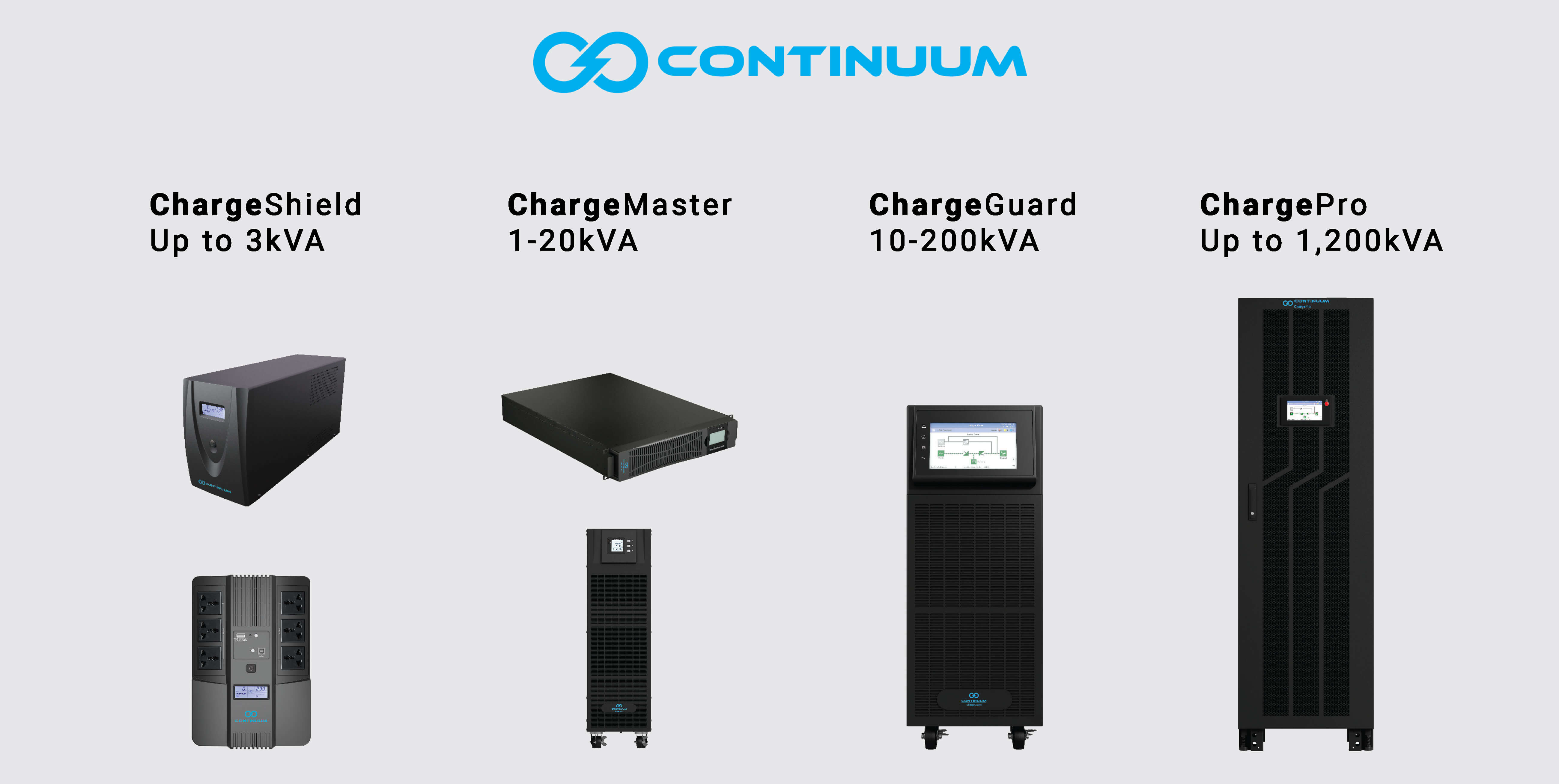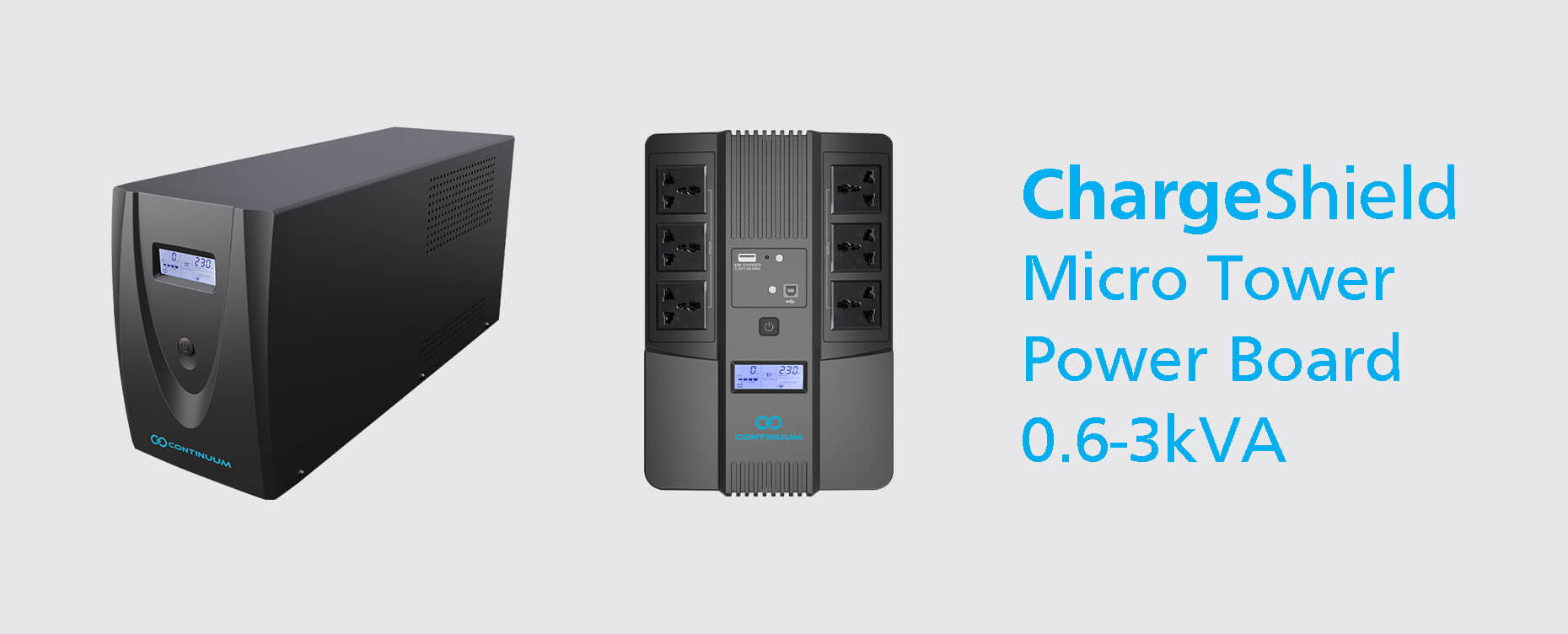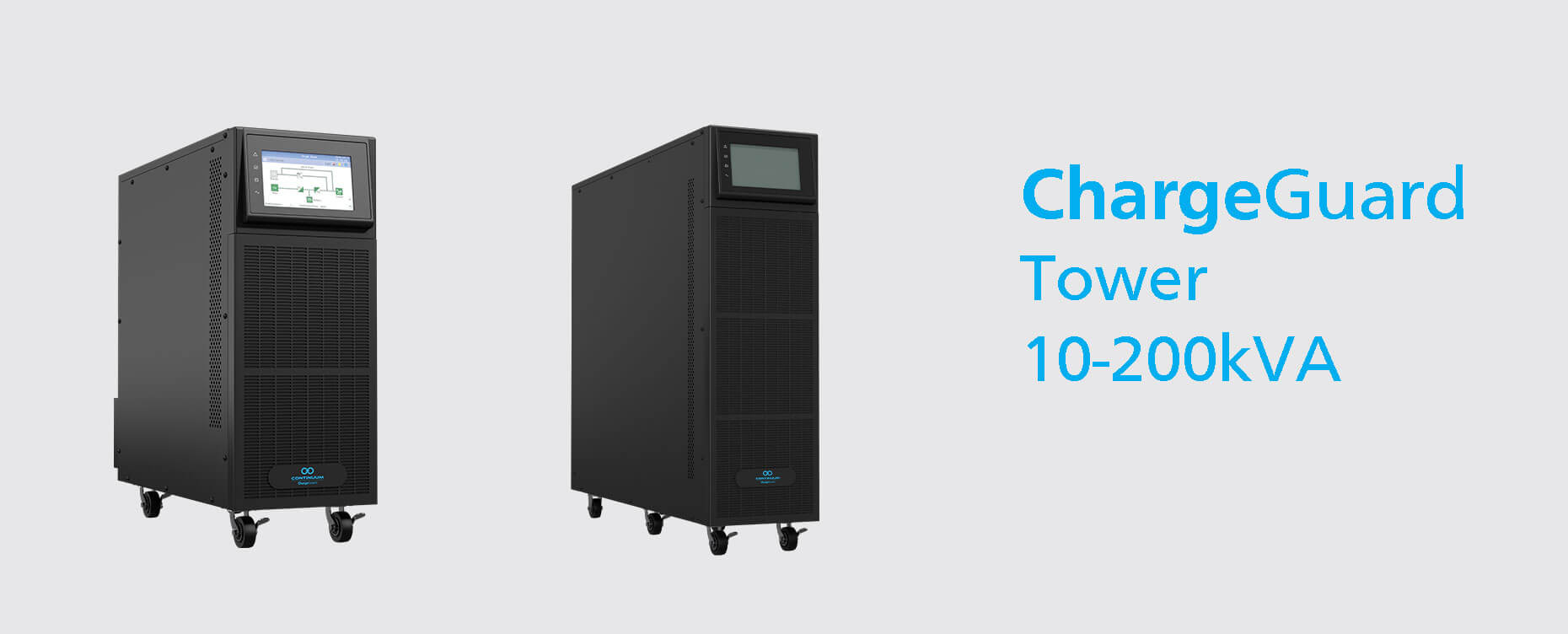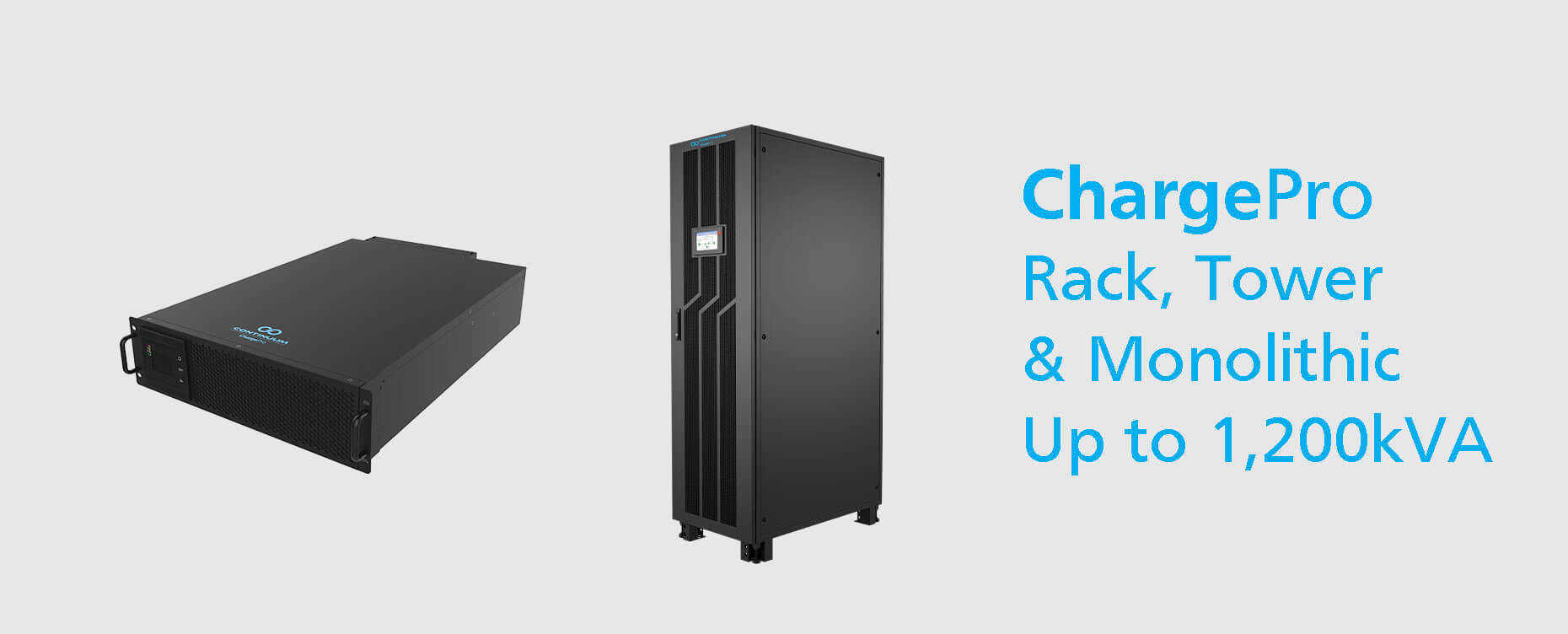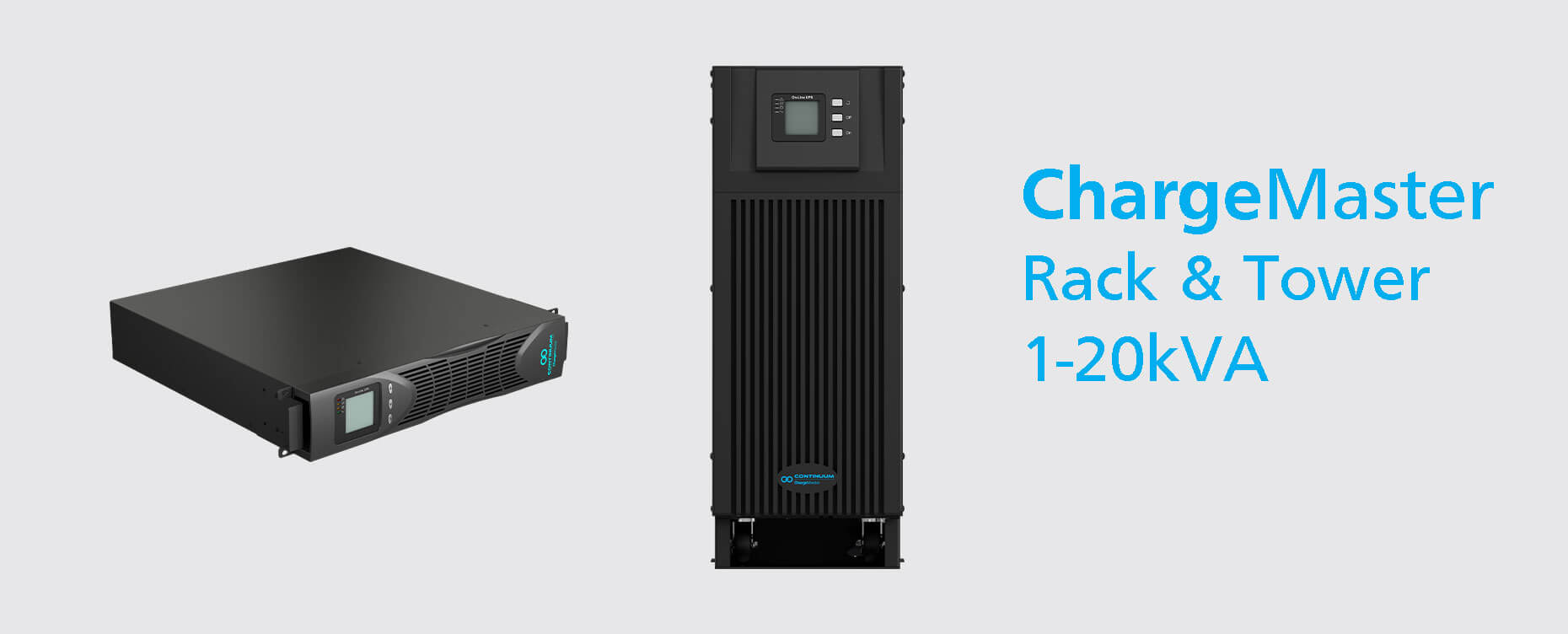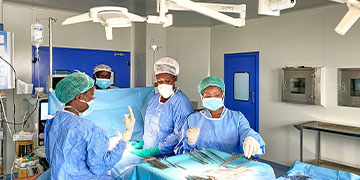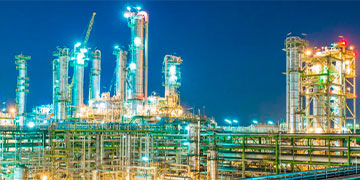UPS – Frequently Asked Questions
UPS – Frequently Asked Questions
Uninterruptible Power Supplies, commonly known as UPS systems allow you to protect your electronics from power fluctuations and interruptions. The Continuum UPS range covers home & office setups to large-scale industrial applications. We offer UPS solutions that deliver consistent, high-quality power back up to keep your systems running smoothly.
To find out more, get in touch with one of our specialists.
Will a Continuum UPS save me money?
Yes, a Continuum UPS will extend the service life of critical components whilst retaining work or process efficiency.
Can a Continuum UPS reduce my power consumption?
When compared to older UPS types, a Continuum UPS is among the highest efficiency UPS products incorporating power saving features and best of class circuit design.
What does Autonomy mean?
The battery duration at a specified load level is referred to as the battery ‘autonomy’. A UPS battery can be sized to support loads from a few minutes up to several hours.
What will happen in the event of a power outage?
With increasing electrical demands and environmental stresses being placed upon the electricity grid, the increase of unwanted voltages and events are inevitable.
With a UPS system in place, the UPS will automatically switch to battery power to provide backup electricity to essential devices. These devices could include computers, routers, 3D printers, lifts, access controls or even life support.
The UPS system will sustain power delivery for a certain period, depending on its design and the power consumption of the connected devices. This allows for continued operation of critical systems and prevents data loss or disruption of services during the outage. It may also protect the load from sustaining permanent damage. A UPS will also assist backup generator “walk-in” allowing the generator to take load more reliably and reduce over-sizing of machines. It is important to have a UPS system properly configured and maintained to ensure reliable backup power in such situations.
A UPS can be a critical investment on a site and therefore require careful thought in design and configuration, and with regular maintenance guaranteeing it is there when it is needed.
Can I extend the backup time of capacity of my Continuum UPS?
Yes, many models have modular batteries or modular power modules allowing your UPS to grow with you and your business.
What are the differences between Online and Offline UPS systems?
Offline (standby) systems are usually lower cost products designed for a simple one or two user PC installations, they offer limited protection, however, do offer some automatic voltage regulation. The load is fed from the mains during normal operation, hence 'offline'.
Online (double conversion) UPS systems employ more sophisticated technology converting input mains to DC then to a pure sinewave, hence 'double conversion'. This effectively isolates the load from virtually all types of power supply problems. Double Conversion UPS are also Power Quality devices, reducing upstream harmonics to less than 5%, and PF>0.98. An Online UPS can be operated in an Offline mode for special applications - see “Eco mode” FAQ.
What is Eco Mode?
ECO mode is often referred to as 'Active Standby' and is mainly used on sites where the general mains supply is relatively stable, or the load is not sensitive to mains interference. The Double Conversion UPS runs in bypass for normal conditions and transfers the load, without break, to the inverter in mains loss or degradation. This feature decreases the work the UPS performs over the most part. This could be a good compromise in a high ambient temperature or where ventilation or cooling is a premium.
What does Power Factor mean with a UPS system?
Power factor in the context of a UPS is a measure of how effectively the UPS is using the electrical power supplied to it. It is defined as the ratio of real power (measured in watts, W) to apparent power (measured in volt-amperes, VA).
It is calculated as a decimal or percentage between 0-1, where 1 = 100% power factor. The rated power factor in a UPS system directly effects the DC battery power (W) required. Excluding internal losses, a 1000VA load at PF=0.9 uses 900W from the battery, whereas 1000VA at PF=1.0 uses 1000W from the battery.
A higher power factor means the UPS system is more efficient, using less current to provide the same amount of real power.
How does Power Factor influence UPS system design?
Traditionally, UPS systems were designed to support loads with unity or lagging power factors.
However, modern uninterruptible power supplies can also now handle leading power factors. It does require careful planning during installation though, as leading power factors can place an overload on the UPS that it may not recognise.
Blade servers are the best example of a load with a leading power factor. They are capable of greater processing power within less rack space than traditional file servers and have been widely adopted in the telecoms and data centre sectors because of advantages such as simplified cabling and reduced power consumption.
There are several ways to try and reduce the impact of leading power factors, including increasing the size of the UPS, but the most common approach is to use active harmonic filters with power factor correction on the output.
What is a Parallel-Redundant (N+X) UPS System?
‘N+X’ configuration solutions are commonly used to protect mission-critical applications in data centres, industrial sites and larger business operations. The main principle behind a parallel-redundant UPS system is that it can continue to support the critical load should one or more UPS modules fail. Compared to N capacity installations, this means it can achieve higher availability and MTBF (mean time between failure).
In addition, this also enables UPS maintenance to take place without interrupting the load. Modules can be powered down for servicing while the remaining UPS continues supporting the load.
During normal operation, each UPS shares the load equally. Similarly, when the UPS system needs to run on batteries, each UPS will still share the load as each module has its own battery set, rather than a shared common battery.
If any of the UPS modules in a parallel-redundant configuration fails or experiences an internal fault, it automatically disconnects from the output AC busbar, while the remaining active UPS continues sharing the load.
What’s the difference between Parallel Capacity (N) and Parallel Redundancy (N+) UPS systems?
Uninterruptible power supplies operating in parallel refers to when the outputs of two or more UPS are connected to supply the load via a common AC busbar.
There are two main configurations:
- Parallel-Capacity (N) where the total load demand is met by a number of UPS without the provision of any redundancy.
- Parallel-Redundant (N+X) Enhances reliability by providing one or more additional UPS units that act as backups in case of a failure. It ensures continuous power supply and is crucial for critical applications where uptime is essential.
What are some other redundant UPS configurations?
In addition to parallel-capacity and parallel-redundant, there are other configurations to consider:
Isolated-Redundant: This is sometimes known as N+1 but it differs considerably to a parallel-redundant N+1 installation. In this configuration, there’s a main UPS module that feeds the load, while the secondary UPS feeds its static bypass. When a fault causes the primary UPS to transfer to bypass, the secondary module accepts the full load.
Distributed-Redundant: Also known as Tri-Redundant and typically used in large multi-megawatt data centres. Made up of three or more UPS with independent input and output feeders, with the output buses connected to the load by several PDUs (and in certain cases Static Transfer Switches). This configuration does minimise single points of failure and offers the opportunity for concurrent maintenance, but it also leads to significant load management challenges.
Need Help? Ask Fuseco
The easiest way to ensure a correctly sized UPS system is to get expert advice to undertake a full site survey where they can accurately assess your requirements.
With a team of experienced professionals available, Fuseco can assist with expert advice to ensure you have a correctly sized UPS to suit your current needs, whilst efficiently allowing for future expansion requirements.
We're here to help
Talk to an expert today.
Our friendly team of highly trained specialists will quickly assist you.
We promise to respond within 4 business hours (AEST).
Or you will receive $100 off your next purchase. Read how it works.

Highest Efficiency
Continuum utilise a high frequency transformer-less design, giving the highest efficiency possible. This reduces internal heat and secondary cooling requirements.

Pure Sinewave Output
The Online Double Conversion UPS provides a clean pure sinewave with accurate voltage and frequency regulation. Ideal for sensitive loads.

Immunity from Supply Disturbances
The Continuum Double Conversion UPS isolates the protected load from poor input power.

Improved Power Factor
A Continuum UPS increases Power Factor as high as 0.99, dramatically lowering input power requirements.
our brand portfolio
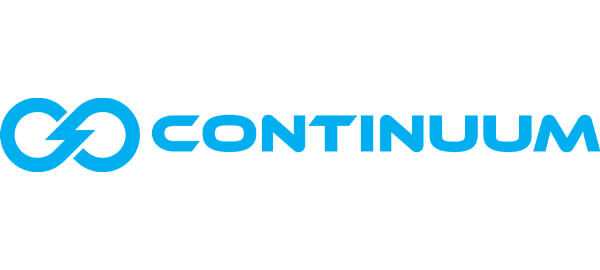
Applicable Industries

My client purchased four robots to milk cows 24/7. At the start of the project, I asked the OEM - “How quickly will the robots reboot/reset after an outage? You should know that we get outages all the time and that we get voltage swings with all the PV”. OEM - No answer. It was then decided to install two 10kVA UPS systems to fill the gap between an outage and the backup diesel generator supporting the customer’s load. Fuseco, a specialist in this area, were a great help in producing a solution for the split phase 480VAC system.
Peter Bulle
Director at CoGen Plus

Dealing with your team has been a very positive experience. The Continuum UPS solutions in conjunction with your professional advice solved our Demand Load Management challenges perfectly.
Frank Leonis
Project Engineer at SMEC

Reliable continuity of supply has been an issue for this project from its inception. The Continuum solutions implemented here have solved this issue and have given us peace of mind. Thank you guys for your patience, expertise and support.
Lawrence Cheng
Engineering Manager at ARUP
Technical Support
Our experts are all pre-eminent leaders in electrical products who provide excellent support in their areas of expertise.
Technical supportTalk to an expert
Our friendly team are highly trained product experts who really enjoy helping customers find what they need.
call 1300 387 326Enquire by email
We promise to respond within 4 business hours (AEST) or you will receive $100 off your next purchase.
Enquire now
